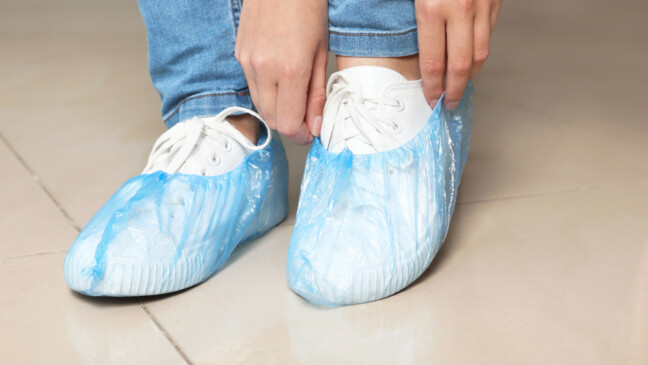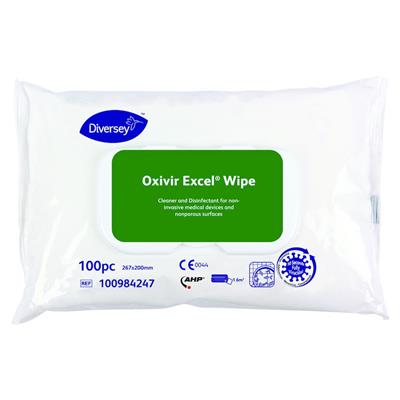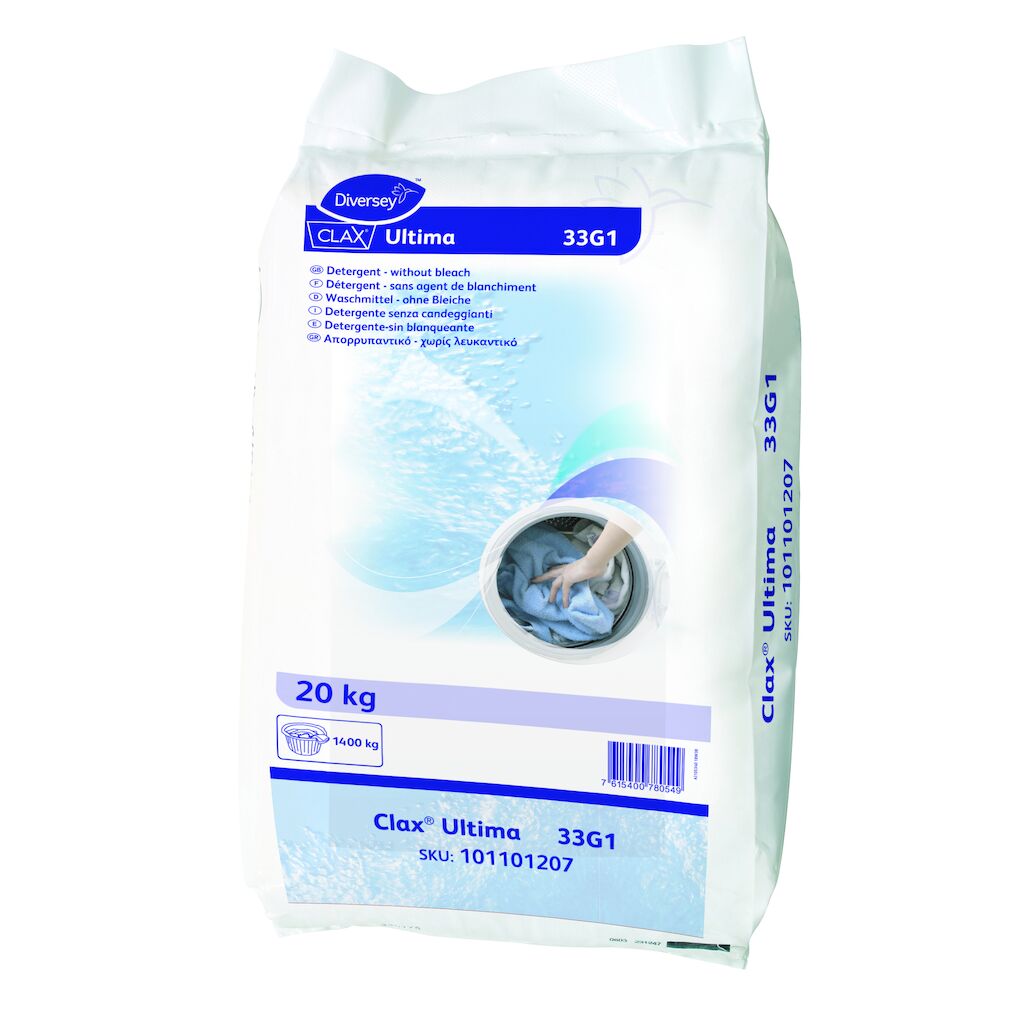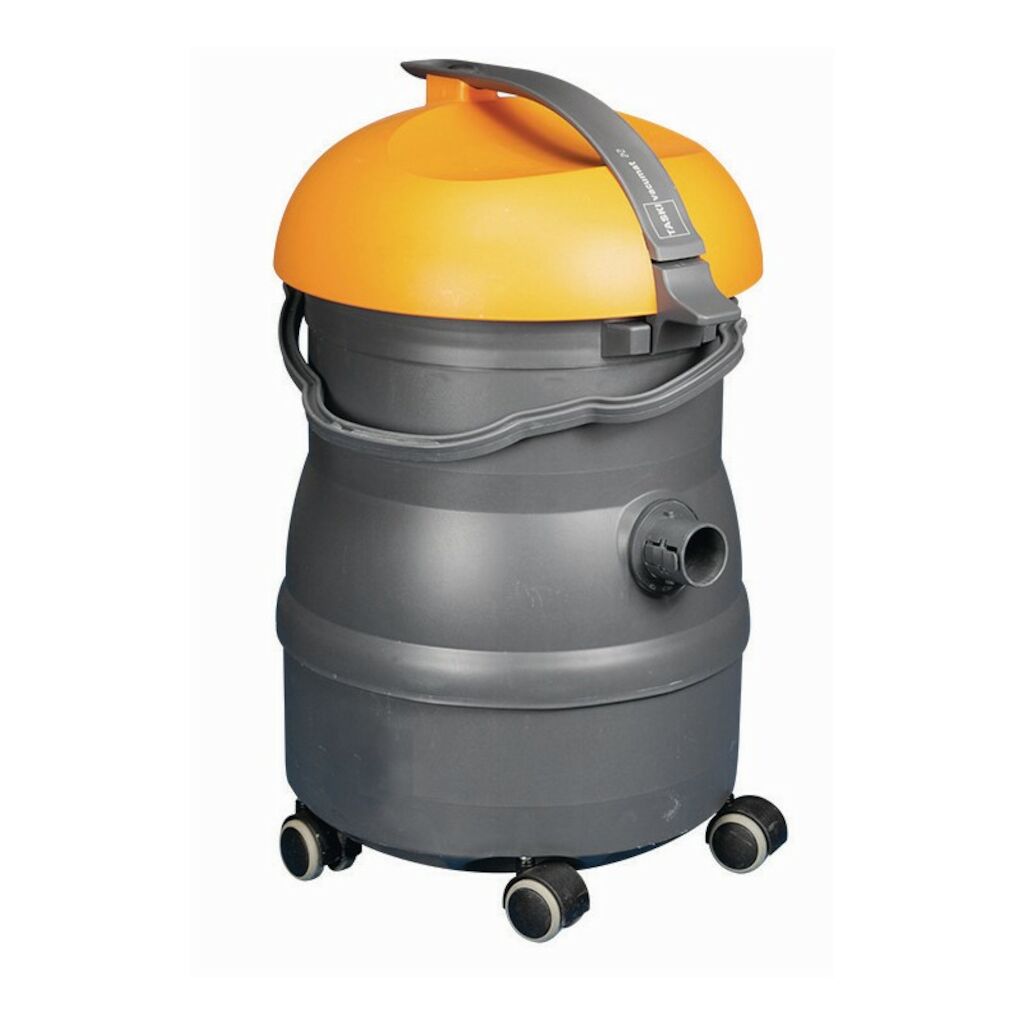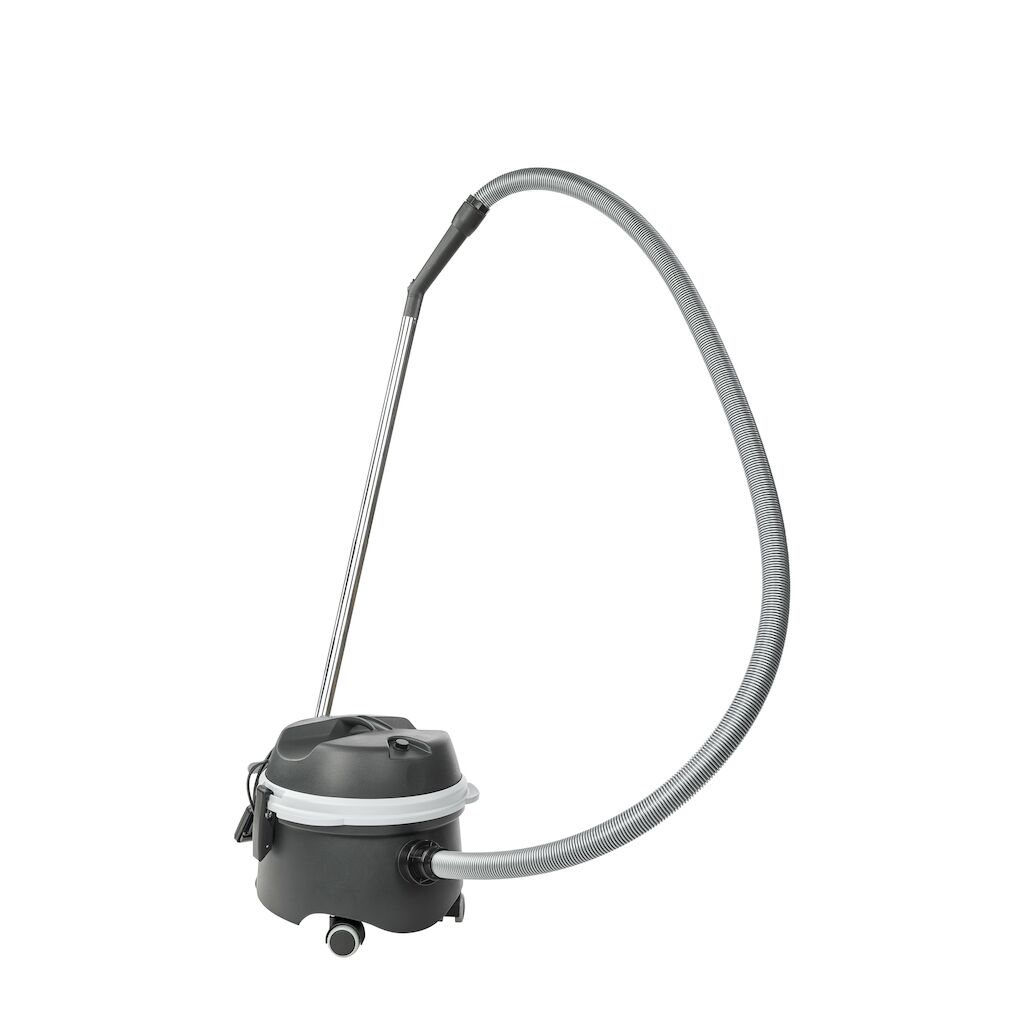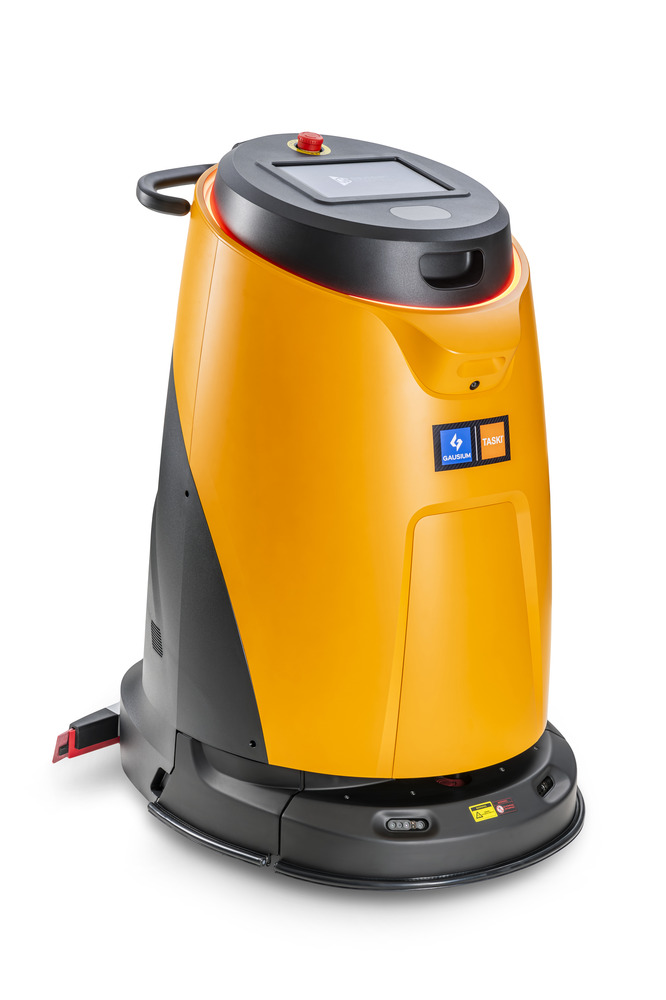
26.01.24
Disinfectant tolerance: extent and impact on performance
Antimicrobial agents have been used for over 100 years, including antibiotics for animals, plants, and humans, as well as disinfectants for surfaces and skin. Some microbes develop resistance to these agents, raising concerns about the development of resistance to biocides. While antibiotic resistance is well documented, tolerance to disinfectants is less understood. In this article, we explain the difference between antibiotic and disinfectant resistance, as well as their impacts.
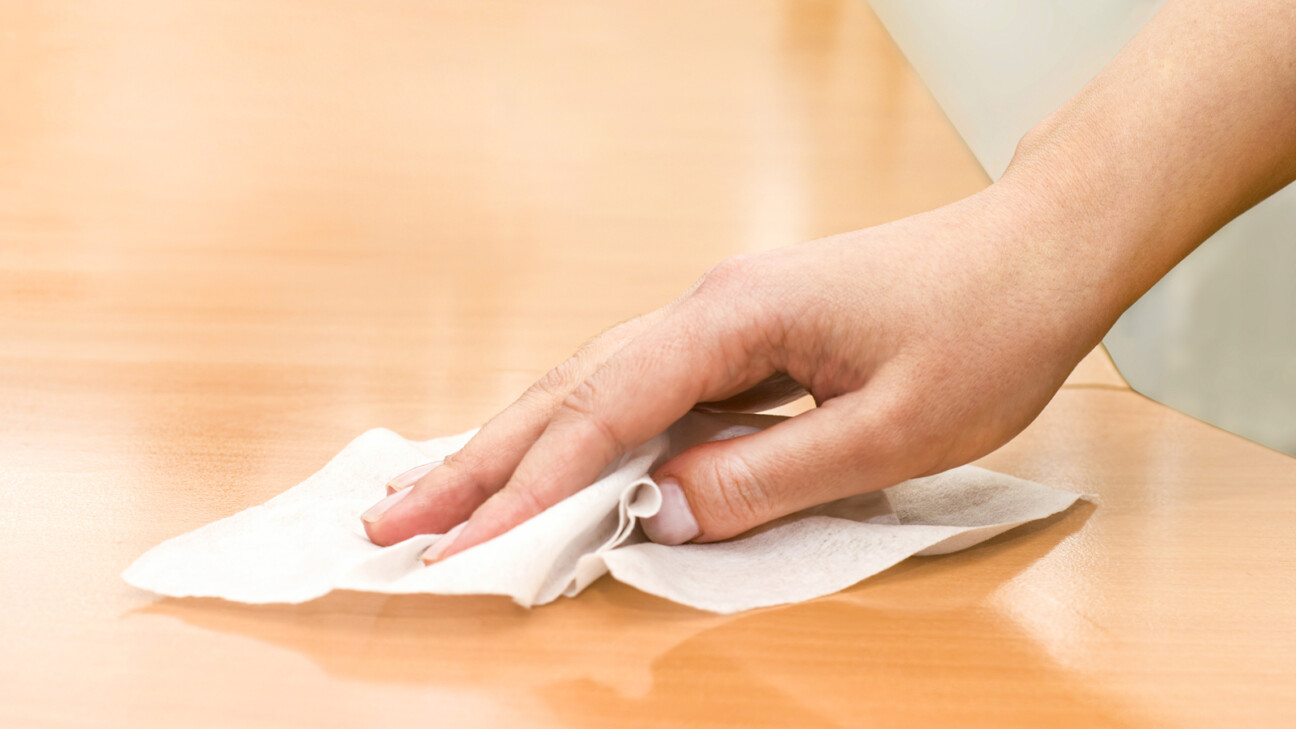
Differences between antibiotic and disinfectant resistance
In the media, and to a lesser extent in other literature, hardly any distinction is made between resistance to different classes of antimicrobials, leading to confusion about whether resistance to one agent is related to resistance to other agents. Many believe that resistance to antibiotics is the same as resistance to disinfectants and detergents and that a solution that addresses resistance to one antimicrobial agent also applies to the others. In contrast to antibiotics, resistance problems with disinfectants occur much less frequently, as the two are based on different mechanisms. While antibiotics act specifically on certain biological processes in the metabolism of bacteria, disinfectants act non-specifically on the entire biological structures of the cell. It is therefore not surprising that the bacteria can change these specific sites of attack (of antibiotics) through mutations. However, the bacterial cells are much less able to adapt and protect themselves against the attack of disinfectants.
What causes antibacterial tolerance and how does it develop?
Even if the adaptations of microbes to disinfectants are less well described, some mechanisms are known that enable a certain degree of tolerance. However, a distinction must first be made between resistance and tolerance. Tolerance is often a lower level of insensitivity that is rarely complete. This low level of insensitivity is distinguished from resistance, which is a high level of insensitivity and can be equivalent to immunity to an antimicrobial agent.
- Acquired resistance is often the result of genetic mutation or the acquisition of tolerance genes from other organisms through horizontal gene transfer. However, it can also be the result of a stress reaction, e.g. through the formation of biofilms
- A biofilm is a community of microorganisms attached to a surface and coated by extracellular polymeric substances (EPS). Biofilms can form in different environments, and therefore non-cellular materials such as soil and mineral crystals can also be present in a biofilm matrix. Bacteria in biofilms differ phenotypically and genetically and are more difficult to kill than their planktonic counterparts because the EPS limit direct contact between microbial cells in biofilms and antimicrobial agents. Persister cells are a phenotypically different subpopulation of cells in biofilms that are more tolerant to antimicrobials. Once removed from a biofilm and the protective EPS, most bacteria are as susceptible as other organisms that were not part of the biofilm.
- Efflux pumps are able to transport a variety of different toxic compounds out of the cells and directly confer additional antimicrobial tolerance to the bacteria by expelling the disinfectants diffused into the cell into the external environment. They usually also improve tolerance to antimicrobials by promoting biofilm formation.
- Genotypic resistance is a form of resistance that is encoded by specific genes. Such resistance genes can arise through mutation during mitosis (a process of cell duplication) and code for a system that can reduce the effectiveness of an antimicrobial agent (e.g. efflux pumps).
The different tolerance of microbes to disinfectants depends on various factors. For example, the different structure of the bacterial cell can lead to a different sensitivity to antimicrobial agents. In addition, there are bacteria that have the ability to form spores (e.g. Clostridioides difficile). This spore state gives the microorganisms increased resistance to certain chemicals or environmental influences (such as high temperatures).
Compatibility of disinfectants and sanitizers – does it affect the performance of such products?
For all antimicrobial agents, the concentration during use plays an important role in the risk of developing resistance or tolerance to the antimicrobial agent. Antimicrobial agents exert a selection pressure on microorganisms. When microorganisms are exposed to a high dose of antimicrobial agents (acute exposure), they are much less likely to develop resistance or tolerance. In contrast, chronic exposure to low doses of antimicrobials poses a higher risk of resistance, as such low but long-lasting selection pressure allows microorganisms to develop specific mechanisms for resistance and tolerance (Donaghy, 2019) (Kampf, 2019) (Weber, 2006).
Are there differences in the disinfectant active ingredients?
Quaternary ammonium chloride (Quat): Tolerance to Quat has been relatively well characterized. At concentrations above the minimum inhibitory concentration (MIC – minimum amount of biocide required for antimicrobial activity), quats destroy cell membranes. When Quats are used in concentrations below the MIC, the mode of action is complicated and always involves several processes such as alteration of cell membranes, overexpression of efflux pumps or acquisition of Quat-specific efflux genes. Although many efflux mechanisms that can induce tolerance to Quat can also induce resistance to antibiotics, it is not clear whether there is a causal relationship in which Quat use leads to antibiotic resistance or vice versa. Not surprisingly, there are a variety of Quat tolerance genes, and these genes may be widespread and relatively common. However, the effect of such genes on phenotypic tolerance is not clear. It is also not clear that quat tolerance genes have an effect on sublethal levels of quat. In general, tolerance genes do not appear to have an effect on tolerance to the recommended use levels of Quat detergents and disinfectants.
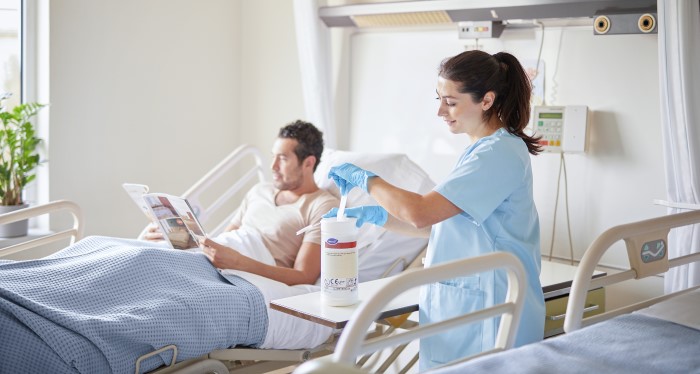
Oxidizing agents (chlorine, peracetic acid, hydrogen peroxide) act as denaturants of proteins by reacting with thiol and amino groups and thereby damaging cell structures, including the cell wall, membranes and nucleic acids.
Since oxidizing agents act indiscriminately on almost all cellular structures, resistance through specific genes and cellular processes is not to be expected and has not been proven in the literature. However, bacteria may be less susceptible to oxidative stress due to the formation of a biofilm or other phenotypic tolerance. Biofilm-forming microorganisms produce extracellular polymeric substances that attenuate the effect of oxidizing agents. Therefore, a higher concentration of oxidizing agent is usually required to kill microorganisms in biofilms. Some microorganisms produce the enzyme catalase, which converts hydrogen peroxide into oxygen and water and can provide intrinsic resistance to very low concentrations of H202. However, most disinfectants and sanitizers use peroxide at levels that can overcome inactivation by catalase.
The effectiveness of alcohol in killing vegetative bacteria is primarily due to the denaturation of proteins, with solutions containing 60-80% alcohol usually recommended (WHO, 2009). However, alcohol solutions are not effective antimicrobial agents against bacterial spores (WHO, 2009) (Boyce, 2018). A recent study by Pidot (2018) showed a different range of activity (10-fold range) of alcohol against different isolates of Enterococcus faecium, suggesting that tolerance or resistance mechanisms may exist. However, this study used a 23% isopropanol solution, which is well below the alcohol content we have just discussed, so the clinical significance of this result is uncertain. When the usual 70% alcohol solutions were used instead, the efficacy was as expected and the same for the different isolates. In a study by Tinajero (2019), no difference was found in the susceptibility of Enterococcus faecium isolates to alcohol after alcohol-based hand cleansers were introduced hospital-wide.
Alcohol-based surface disinfectants are usually formulated with other ingredients to increase efficacy and reduce adsorption to floors (Boyce, 2018). Alcohol-based disinfectants are poor cleaners, evaporate quickly and are often flammable, making them a poor choice for general surface disinfection (Boyce, 2018). Their biocidal efficacy is known to be compromised by the presence of soils, particularly protein-based soils (Boyce, 2018) (WHO, 2009). The use of an alcohol-based disinfectant would be expected to pre-clean surfaces, which in turn would affect the amount of microorganisms remaining on the surface. It is therefore uncertain whether the results of Pidot (2018) have any practical significance for hand hygiene or surface disinfection.
Conclusion
In recent years, several published studies have shown that bacteria can develop resistance not only to antibiotics, but also to disinfectants and sanitizers. However, the publications mainly associate this with the active substance QUAT and long-term sublethal exposure, which is not used in practice. In addition, for the reasons mentioned in this article, special consideration must also be given to biofilms. In any case, there is a need for further research in these areas.
References
- Boyce JM. Alkohole als Flächendesinfektionsmittel im Gesundheitswesen. Infect Cont and Hosp Epidemiol, 2018; 39 (3): 323-328.
- Donaghy JA, Balamurugan J, Goodburn K, Grunwald L, Jensen AJ, Kanagachandran K, LaFforgue H, Seefelder W, Quentin MC. Beziehung zwischen Desinfektions-, Desinfektions- und Reinigungsmitteln und antimikrobieller Resistenz. J Food Prot. 2019; 82(5): 889-902.
- Kampf G. Adaptive bacterial response to low level chlorhexidine exposure and its implications for hand hygiene. Microbial Cell. 2019; 6(7): 307-320.
- Pidot SJ, Gao W, Buultjens AH, Monk IR, Guerillot R, Carter GP, et. al. Increasing tolerance of hospital Enterococcus faecium to handwash alcohols. Science Translational Medicine. 2018; 10: eaar6115.
- Tinajero CG, Bobadilla-Del Valle M, Alvarez JA, Mosqueda JL, De Leon AP, Macias AE. Die Empfindlichkeit von Vancomycin-resistentem Enterococcus faecium gegenüber Isopropylalkohol vor und nach der Einführung des alkoholischen Händewaschens in einem Krankenhaus. Am J of Infect Cont. 2019; 47: e-27-29.
- Weber DJ, Rutala WA. Verwendung von Keimtötenden Mitteln im Haushalt und im Gesundheitswesen: Besteht ein Zusammenhang zwischen der Verwendung von Keimtötenden Mitteln und der Antibiotikaresistenz? Infect Cont and Hosp Epidemiol. 2006; 27(10): 1107-1119.
- Weltgesundheitsorganisation. WHO-Leitlinien zur Händehygiene in der Gesundheitsversorgung. WHO Press. 2009; Genf, Schweiz.
